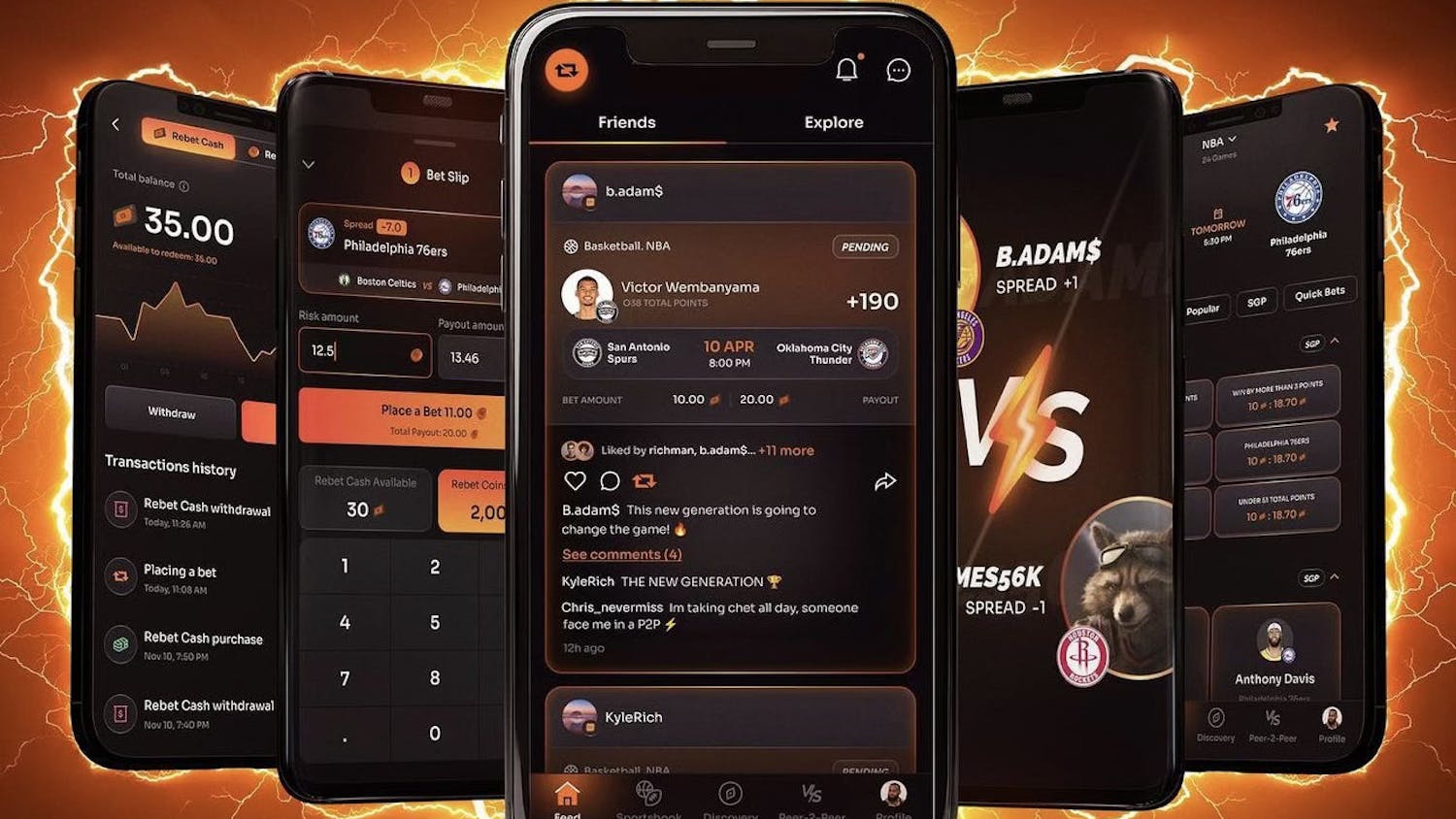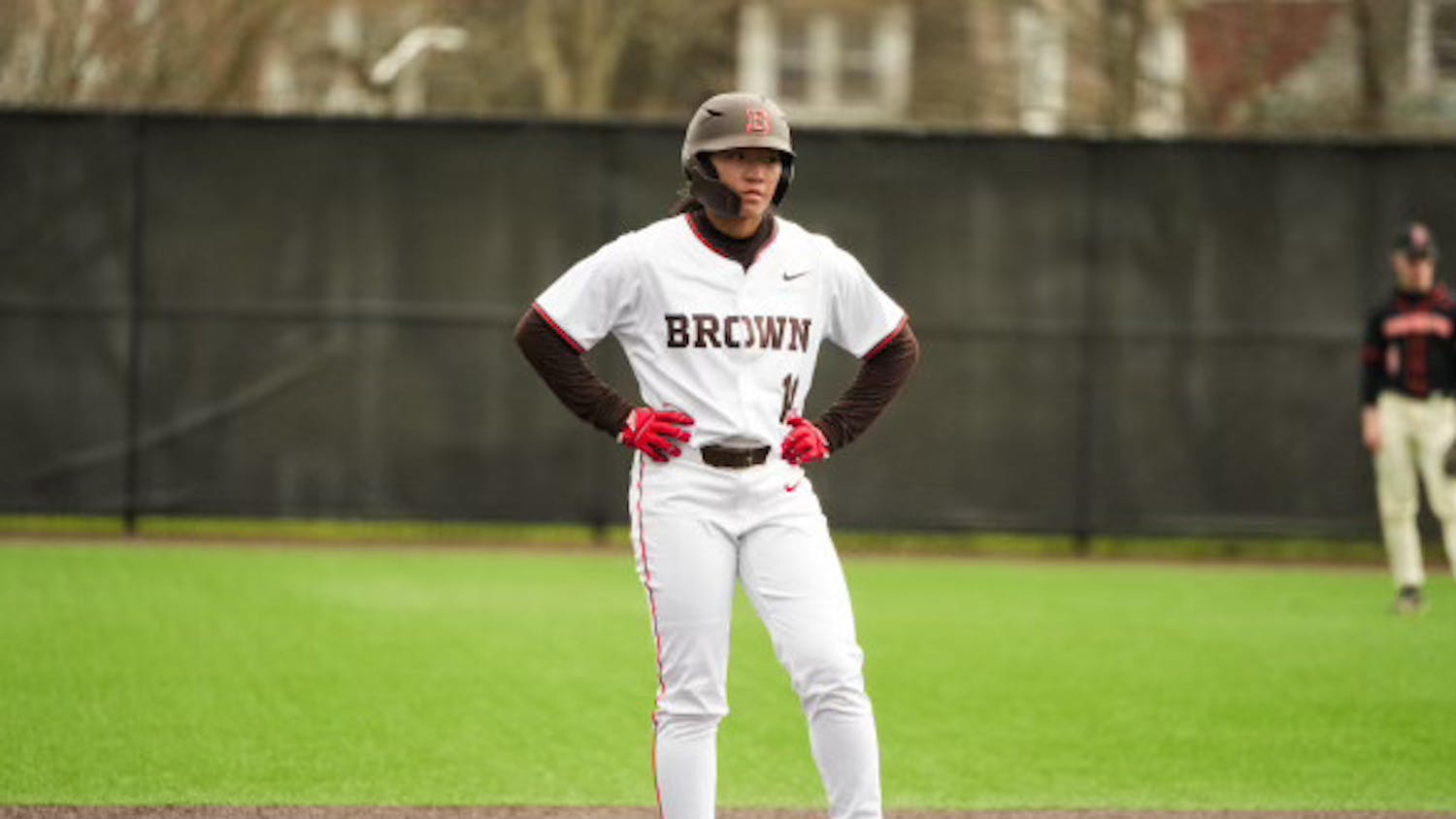I admittedly only have strong opinions about very few things. For example, I think that undercover traffic cops are bad for society and that the very premise undermines the idea that police should be viewed as a resource available to assist the public at any moment’s notice. I also feel strongly about college sports — I wouldn’t be writing this column if I didn’t. The fact that I feel so strongly about college sports and the way they are run brings me to the fact that the Pac-12 athletic conference is having a historically bad basketball season, and the issues spread beyond the court.
I should preface all of this by mentioning that the Pac-12 is a “power conference,” which stems from the old Bowl Championship Series bowl selection system. A power conference was considered an automatic qualifier for one of the major BCS Bowl Games: Rose, Orange, Sugar, Fiesta and the BCS National Championship Game. With the College Football Playoff now in place, this definition is no longer in use, but the five power conferences — the Atlantic Coast Conference, Big Ten, Big 12, Southeastern Conference and Pac-12 — are all considered by fans and the CFP Selection Committee to be the conferences that field the strongest teams.
Now, in the most recent Associated Press Top 25 poll, teams in the Pac-12 received one vote. One singular vote. In the AP poll, each voter’s top team gets 25 points, the second-best team gets 24 points, and so on. There are many voters, which means that only one voter decided to put a Pac-12 team on his or her ballot, and that team was 25th on that ballot. The team was Arizona State University, which had just defeated the number one team at the time, University of Kansas, but then lost at home to Princeton University. This was the first time that the Pac-12 did not have a single team in the AP Poll in six years.
So what’s wrong with the other teams? Before the beginning of conference play, the Pac-12 had a combined record of 92-58 against Division 1 opponents. To put it in perspective, these are the records against all opponents, including non-Division 1, for all power conferences, as well as a few others:
Big Ten: 130-32 (.802)
ACC: 153-41 (.789)
Big 12: 95-26 (.785)
Big East: 100-31 (.763)
SEC: 127-43 (.747)
American Athletic Conference: 114-42 (.731)
Pac-12: 100-58 (.633)
There is a very steep drop-off in win percentage between the American Athletic Conference, which is not a power conference, and the Pac-12. The win percentage is only barely above that of the 2011-12 season, the last time no Pac-12 team was ranked in the AP Poll and a season in which only two NCAA tournament bids were awarded. The 100-58 record is an artifact of every Pac-12 team starting conference play with at least three losses. The American Athletic Conference has five teams with two losses or fewer. This dumpster fire of a season is coming after a 2018 campaign where the Pac-12 was awarded only three bids to the NCAA Tournament (every other power conference had at least four), and none of those teams won a single game. The Pac-12 could very reasonably only send one team to the postseason tournament, which is scary for the so-called “Conference of Champions.”
The Pac-12’s struggles stretch beyond the basketball court. In the 2017-18 football season, the Pac-12 was 1-8 in bowl games, the worst performance by a power conference in history. This season, the Pac-12 went 3-4, which is a better overall record, but all those wins came by a combined four points, and two fewer teams were bowl-eligible. The Pac-12 also has the fewest appearances in the College Football Playoff with two, and this year marks the second straight year the conference will miss the Playoff.
Why is the Pac-12 falling behind its fellow power conferences with respect to results? The answer could potentially lie with how conference leadership spends its money and to whom it caters. The Pac-12 Commissioner is a man named Larry Scott. Scott oversaw the move of Pac-12 headquarters from the relatively small town of Walnut Creek, California to downtown San Francisco, where the rent is astronomically higher. If we also take a look at salaries of conference commissioners, the three highest are the SEC’s Greg Sankey ($1.8 million), the Big Twelve’s Bob Bowlsby ($3.1 million), and Larry Scott ($4.8 million). Not only that, but Scott makes more than all of the Pac-12’s football coaches and even some of the member university presidents. Couldn’t this money go elsewhere to help the conference improve its on-field performance?
It seems like the Pac-12 brass, or at least Larry Scott, cares a good amount about the revenue of the conference, or at least its image to the fan base at large. Exhibit A: the recent Pac-12 Championship Game, held in Levi’s Stadium in Santa Clara. The stadium holds 68,000 people. The largest crowd for the championship in the past four years was 58,500. No one goes to these games. There are a few reasons for this:
— The stadium is designed such that sunlight reflects off the glass of the luxury boxes and cooks spectators
— The traffic
— There's no Pac-12 school in Santa Clara (Stanford University and the University of California, Berkeley are an hour away)
— The game starts at 5 p.m. local time
It's almost as if the Pac-12 decides to make these big-money moves to be closer to tech companies and schmooze with executives instead of put out quality sports for fans. Hopefully the quality of games will improve before people start to speak out.
And that’s what really grinds my gears.
Dartmouth basketball also beat Harvard this past weekend. That probably matters more than anything I just wrote. Go Big Green.



